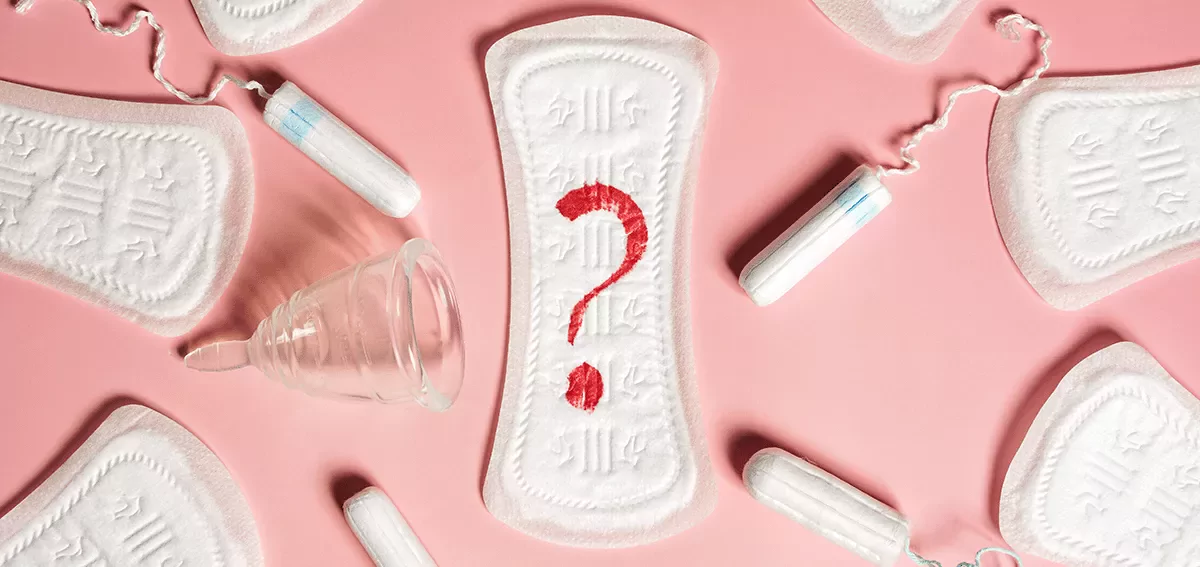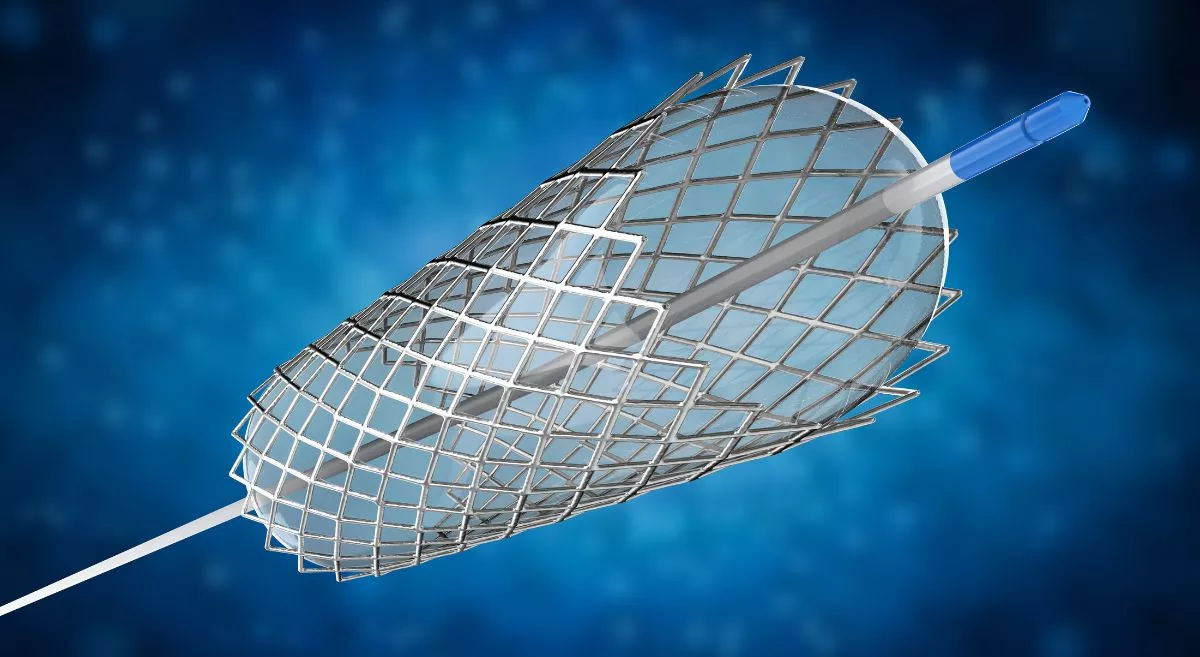A period is never an easy experience. If you do not have cramps, you are probably trying to protect yourself during your heavier days. Some women are only able to use a pad or a tampon, while others have to double up, changing them frequently. If you have to deal with this every month, you probably want to know if there is a better, more practical, and safer way to go with the flow.
Tampons and pads have been replaced by menstrual cups, which have gained popularity quickly. While some are disposable, others are durable and reusable. But should you change to a menstrual cup just because everyone else is doing it right now? Learn more about these not-so-new feminine products in the following article, along with some advice from the best gynaecologist in Bangalore.
What is a menstrual cup?
Menstrual cups have existed since at least 1932. It was a bell-shaped product, similar to the majority of menstrual cups that you see today. A woman could insert it into her vaginal canal to collect menstrual blood.
Nowadays manufacturers create these products from medical-grade materials like silicone, rubber, latex, and elastomer that are soft, malleable, sterile, and simple to clean. Menstrual cups are becoming more popular because of the capacity to use them repeatedly. Moreover, they are strong and can last for about ten years.
Menstrual cups are seen as eco-friendly products. They reduce the amount of waste produced by disposing of sanitary pads.
Why should you use a menstrual cup?
Despite tampons and pads being widely used, there are several disadvantages of the product. This prevents many women, both young and old, from attending school or working. They also run the risk of developing urinary tract infections due to the use of products of poor quality. These factors emphasize how crucial it is to use an inexpensive and eco-friendly alternative like menstrual cups.
How a menstrual cup works
A menstrual cup is a flexible product made for use during your period to collect blood. Unlike tampons or pads, the cup does not absorb your menstrual flow. If you are allergic to latex, it is advisable to choose a silicone cup instead to prevent any gynaecological problems.
You can use a cup throughout your cycle, but to prevent leaking, you may need to change it more frequently on days with heavy flow. Simply take it out and rinse it after 12 hours or whenever the leaking starts.
Here are some reasons to use menstrual cups over sanitary napkins and tampons:
1. No embarrassing odor
Since the fluid in menstrual cups is not exposed to the air like it is with pads and tampons, you will not have to worry about embarrassing odor escaping at the worst possible times. Positive bacteria and the pH of the vagina remain stable as well. Tampons absorb both the blood and the vaginal fluid, which may upset the delicate bacterial and pH balance of the vagina.
2. Durability
It is completely understandable to be reluctant to try new menstrual hygiene methods. However, once you give them a try, you will find plenty of reasons to keep doing it. Menstrual cups are reusable and long-lasting in addition to being significantly less expensive than sanitary napkins.
3. They store more fluid
Tampons and pads are unable to hold as much liquid as menstrual cups. They have the capacity for holding twice as much liquid as tampons and sanitary napkins. It is of great help during days of heavy flow.
4. Peaceful Nap
When using menstrual cups, you can rest easy as there is a very low chance of leakage. You probably would never have to suddenly wake up from sleep to search for pads or tampons.
5. Gentle for the skin
You can get rashes from using sanitary napkins. Tampons may contain synthetic fragrances and perfumes, which can cause skin allergies and irritation. Menstrual cups are free from all such issues.
6. Less landfill waste and more savings
Some cups are made to last a long time, even years and offer significant savings over tampons and pads. Since they can be recycled, less waste clogs up our landfills, and fewer trees will be cut down to produce them than the paper-based alternatives. Remember that some cups are made to be thrown away. If you want a reusable one, make sure you carefully read the label before making a purchase. This is an additional way to reduce your monthly expenditure.
7. Convenient to use
Anyone who has used tampons, especially those without applicators, should find it easy to learn how to insert a menstrual cup. You will have even less trouble using your new cup if you have ever used a NuvaRing as birth control. Simply fold it to resemble a tampon, direct it toward the back of the vagina and push it in place. It ought to draw itself up. You will not feel it at all if it is inserted correctly.
But until you use one, you will not know if a menstrual cup is a right choice for you. You can only decide if a menstrual cup will work for you after using it once. They come in different sizes and forms, so if the first one does not fit you, the next one might. Menstrual cups are available in drug stores and online.
It is still unclear whether they are equally safe, less safe, or safer than the typical disposable tampons and pads. However, researchers urge educators to include menstrual cups in their campaigns because they believe they are at least as dependable and safe as other menstrual hygiene products available in the market.
FAQs:
1. How do you start using a menstrual cup?
To begin using a menstrual cup, no special preparations are required. Keep in mind that selecting the appropriate size is crucial.
2. How often should I empty a menstrual cup?
It is generally advised to clean a menstrual cup twice daily or every 10–12 hours.
3. Do we need to boil a menstrual cup after every use?
It is not necessary to boil a menstrual cup after each use. It is recommended that the cup be empty and washed or cleaned with a special napkin at least every 12 hours.
4. Are menstrual cups suitable for doing sports?
If you want to perform a sport while on your period, a menstrual cup is a good option.
5. Can menstrual cups cause infections?
The menstrual cup cannot cause infections, but poor personal hygiene can.





